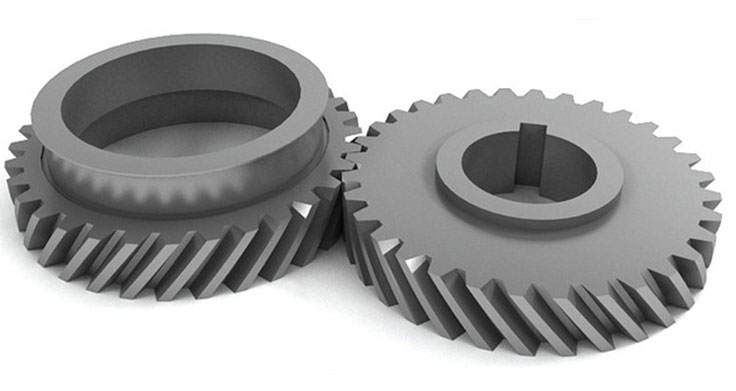
Helical gears play a vital role in robotics, where precision, load capacity, and smooth motion are crucial for optimal performance. Incorporating helical gears in robotic mechanisms and joints offers several benefits, enhancing the overall capabilities of robotic systems. Here’s how helical gears improve precision and load capacity in robotics:
1. Precision Motion Control:
- Helical gears provide smoother and more controlled motion due to their gradual tooth engagement and low backlash. This precision is essential in robotics, where accurate and repeatable motion control is required for tasks such as pick-and-place operations, assembly, and manipulation of delicate objects.
2. Reduced Backlash:
- Backlash is the play or lost motion between gear teeth during changes in direction. Helical gears have lower backlash compared to spur gears, which helps in achieving more accurate and predictable movements in robotic systems.
3. Load Distribution:
- The helix angle and larger contact area in helical gears enable them to distribute the transmitted load across multiple teeth. This results in improved load-carrying capacity, minimizing stress on individual gear teeth and enhancing the overall durability of robotic joints and mechanisms.
4. Smooth and Quiet Operation:
- Helical gears offer quieter operation due to their gradual tooth engagement, reducing noise during robotic movements. This is beneficial in robotics applications, especially in environments where noise levels need to be kept to a minimum, such as in healthcare and service robotics.
5. Enhanced Gearbox Efficiency:
- The smooth meshing of helical gears reduces energy losses and improves gearbox efficiency, allowing robotic systems to operate with lower power consumption and longer battery life.
6. Compact Design:
- Helical gears can achieve high gear ratios with fewer teeth, making them suitable for applications where compact and space-efficient designs are essential, such as in robotic arms and joint assemblies.
7. High Torque Transmission:
- The helical gear design allows for higher torque transmission compared to other types of gears, making helical gears well-suited for robotic applications that require high torque output, such as lifting heavy loads or manipulating objects with force.
8. Versatility:
- Helical gears are versatile and can be used in various robotic applications, including robotic arms, grippers, walking robots, and industrial automation.
9. Robustness and Reliability:
- The load-carrying capacity and enhanced gear durability of helical gears contribute to the overall robustness and reliability of robotic systems, reducing the risk of gear failures and ensuring consistent performance over time.
Incorporating helical gears in robotics provides several advantages, making robotic systems more precise, efficient, and capable of handling higher loads. The smooth operation, reduced backlash, and high load-carrying capacity of helical gears are instrumental in improving the overall performance and reliability of robotics applications in various industries.
